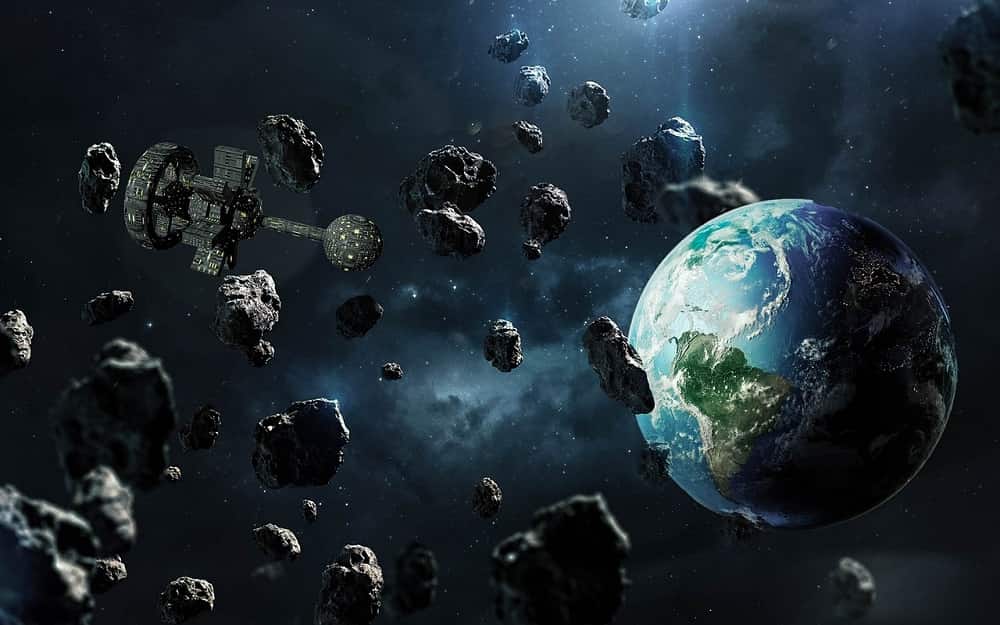Have you ever wondered about the mysterious fate of falling asteroids upon Earth? Well, let's delve into this cosmic enigma.
Asteroids, occasionally referred to as minor planets, are rocky vestiges that bear witness to the primordial era of our solar system, dating back approximately 4.6 billion years. The majority of these ancient celestial fragments are situated within the expanse known as the main asteroid belt, tracing elliptical paths around our Sun, nestled snugly between the orbits of Mars and Jupiter.
There exist three distinct classifications of asteroids, with the first category being the "C-type." These asteroids predominantly consist of carbonaceous material, rendering them a dark and enigmatic hue. When these cosmic wanderers breach Earth's atmosphere, they undergo a fiery transformation, ignited by the sheer intensity of their entry.
Owing to their tremendous velocity, upon collision with our planet's surface, these C-type asteroids shatter into minuscule fragments, scattering their celestial essence. It's noteworthy that a staggering 75 percent of the asteroids in our solar system belong to the C-type variety.
The second category encompasses the "M-type" asteroids, characterized by their remarkable resilience, owing to their composition rich in materials like nickel and iron. These formidable celestial bodies have a unique trait—they endure for millennia even after colliding with Earth's surface. Remarkably, examples such as Hoba and Willamette stand as a testament to this enduring legacy, having descended to Earth countless thousands of years in the past.
Lastly, we have the "S-types" asteroids, distinguished by their composition, which combines the robustness of nickel-iron with the presence of silicate materials. Within our solar system, approximately 17% of all asteroids belong to this category, establishing it as the second-most prevalent classification, following closely behind the carbonaceous C-type asteroids. While S-type asteroids may currently hold the position of the second most numerous, they've demonstrated remarkable endurance over millions of years.
In the future, a fateful event awaits them in the distant cosmic timeline. This dramatic transformation will unfold as the Sun approaches the twilight of its existence. In its final throes, the Sun's radiant intensity will unleash a torrent of radiation, a powerful onslaught of last light, ultimately shattering the once-resilient asteroids that populate the vast expanse of the asteroid belt.














0 comments:
Post a Comment